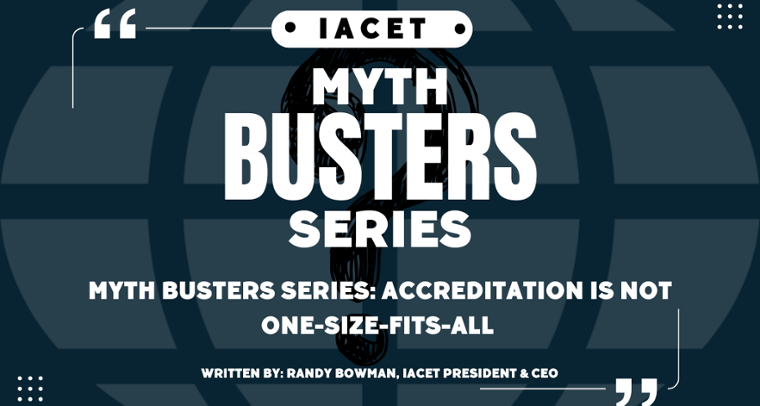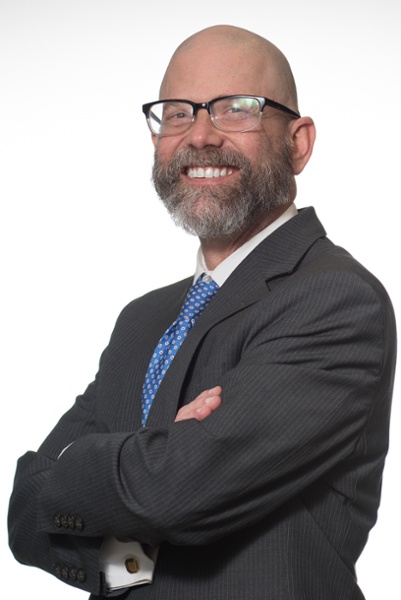I remember helping a small training company that operated out of a converted garage. The owner was hesitant about accreditation. “I’m not sure this process was built with folks like us in mind,” she said. “We’re not a big corporation; we’ve got three people and a passion for what we do.”
That concern is more common than you might think. There’s a lingering myth that accreditation is only for the big players, or that it requires every organization to follow the same rigid blueprint. The idea is that someone else will tell you how to run your program, leaving no room for your structure, your industry nuances, or your scale.
Let’s set the record straight: That’s not how IACET does accreditation.
Understanding the Difference: Prescriptive vs. Descriptive Standards
The source of this myth often lies in the misunderstanding of what a standard actually is. Many assume that a standard is prescriptive, meaning it tells you exactly what to do, how to do it, and in what order. That’s how many regulations or compliance frameworks operate, and it’s why they can feel suffocating, especially for smaller or non-traditional organizations.
But the IACET standard is different. It’s descriptive, not prescriptive. It doesn’t tell you how to do something; it asks that you show how you meet certain quality principles, regardless of the path you take to get there.
This approach allows for flexibility, scalability, and contextual relevance.
Accreditation That Fits You—Not the Other Way Around
At IACET, we accredit organizations of all shapes and sizes:
- Single-proprietor consulting firms
- Corporate training divisions of Fortune 500 companies
- Public agencies and nonprofit organizations
- Global enterprises operating across borders and languages
And we support a staggering range of industries: healthcare, engineering, early childhood education, utilities, software development, safety training—you name it. If learning happens there, we’ve likely accredited it.
How? Because the IACET standard focuses on outcomes and systems, not on enforcing a narrow format.
For example:
- We don’t require that you use a specific LMS (or even use an LMS).
- We don’t tell you what your lesson plan template must look like.
- We don’t even require a certain number of staff.
Instead, we ask questions like:
- “Do you have a system for evaluating the effectiveness of your learning events?”
- “Is there a process in place for verifying learner identity and attendance?”
- “Are your instructors qualified, and how do you determine that?”
That means a training program on pipeline safety in a remote oilfield and a virtual bootcamp for digital marketers can both be accredited, without being forced into the same mold.
Accreditation as a Framework for Growth
Some providers start the accreditation journey thinking it will box them in. What they discover, more often than not, is that it provides a framework for sustainable growth and improvement. The flexibility of a descriptive standard means that your organization can maintain its unique strengths while ensuring that learners are receiving quality experiences that are consistent, measurable, and credible.
Accreditation isn’t about conformity; it’s about credibility.
A Final Thought
If you’ve been hesitant to pursue accreditation because you think your organization is too small, too niche, or too “different,” we encourage you to reconsider. The IACET approach was designed precisely for the incredible diversity of the continuing education and training world.
Just like no two learners are the same, no two training providers are either. And that’s not a bug in the system; it’s a feature.



